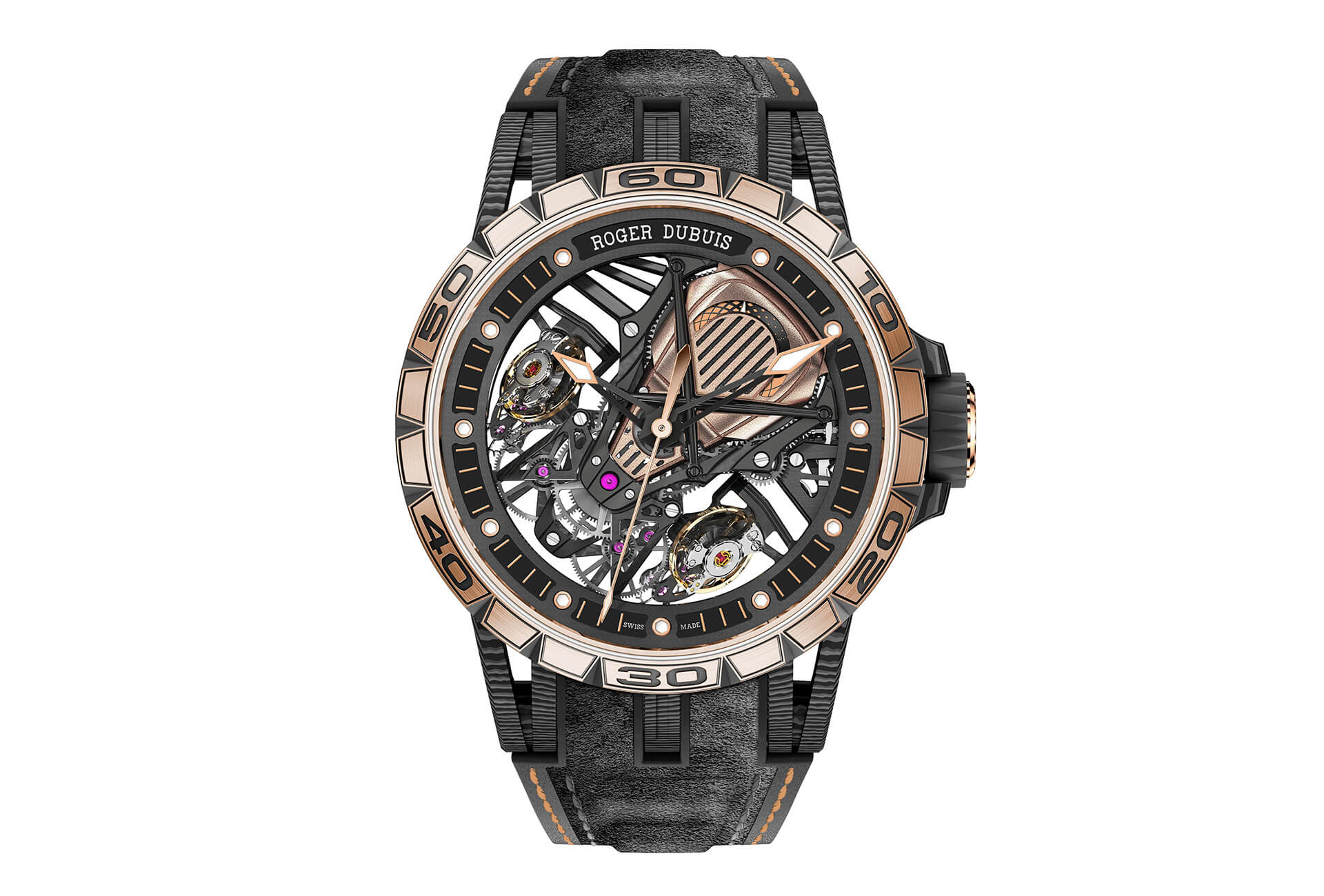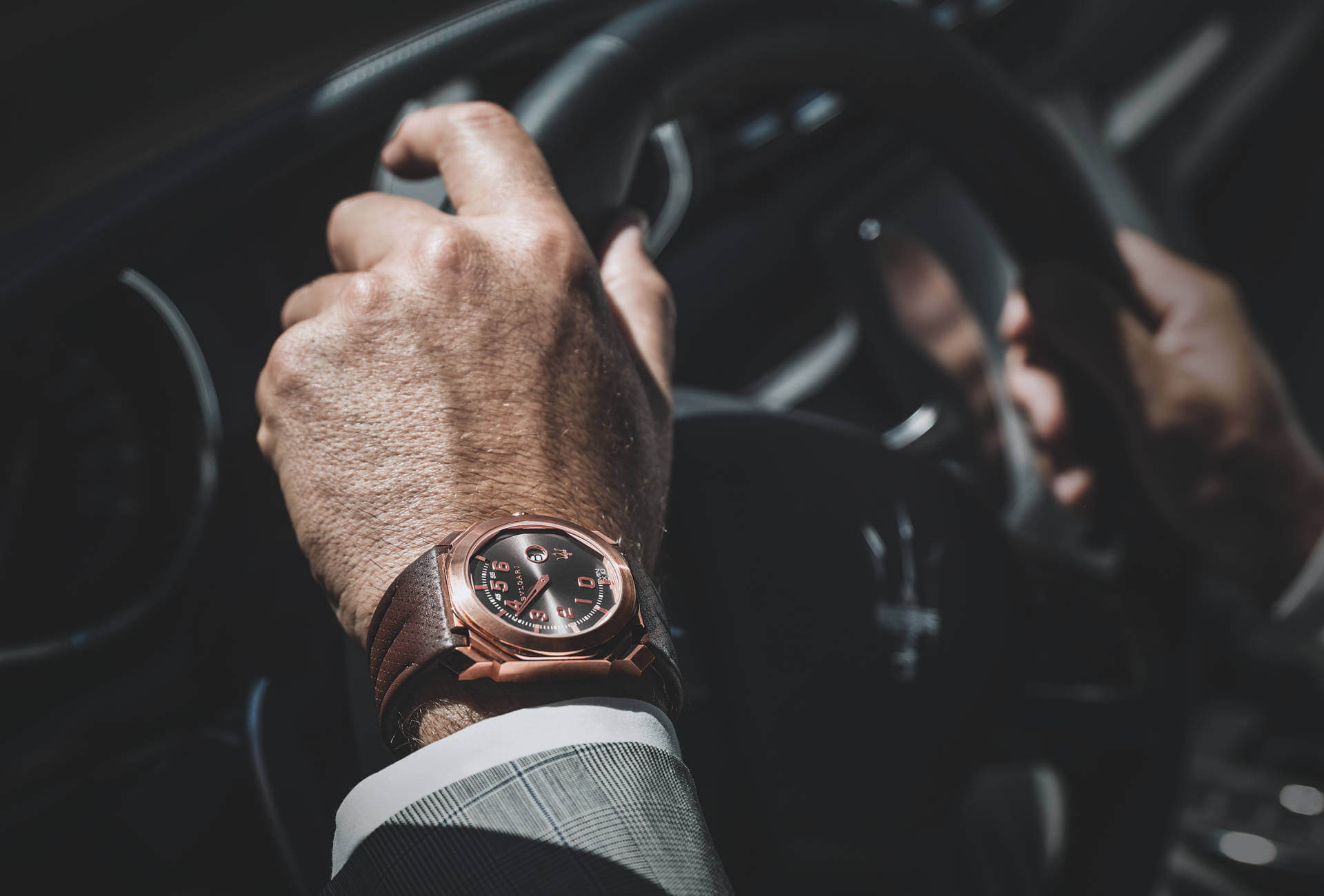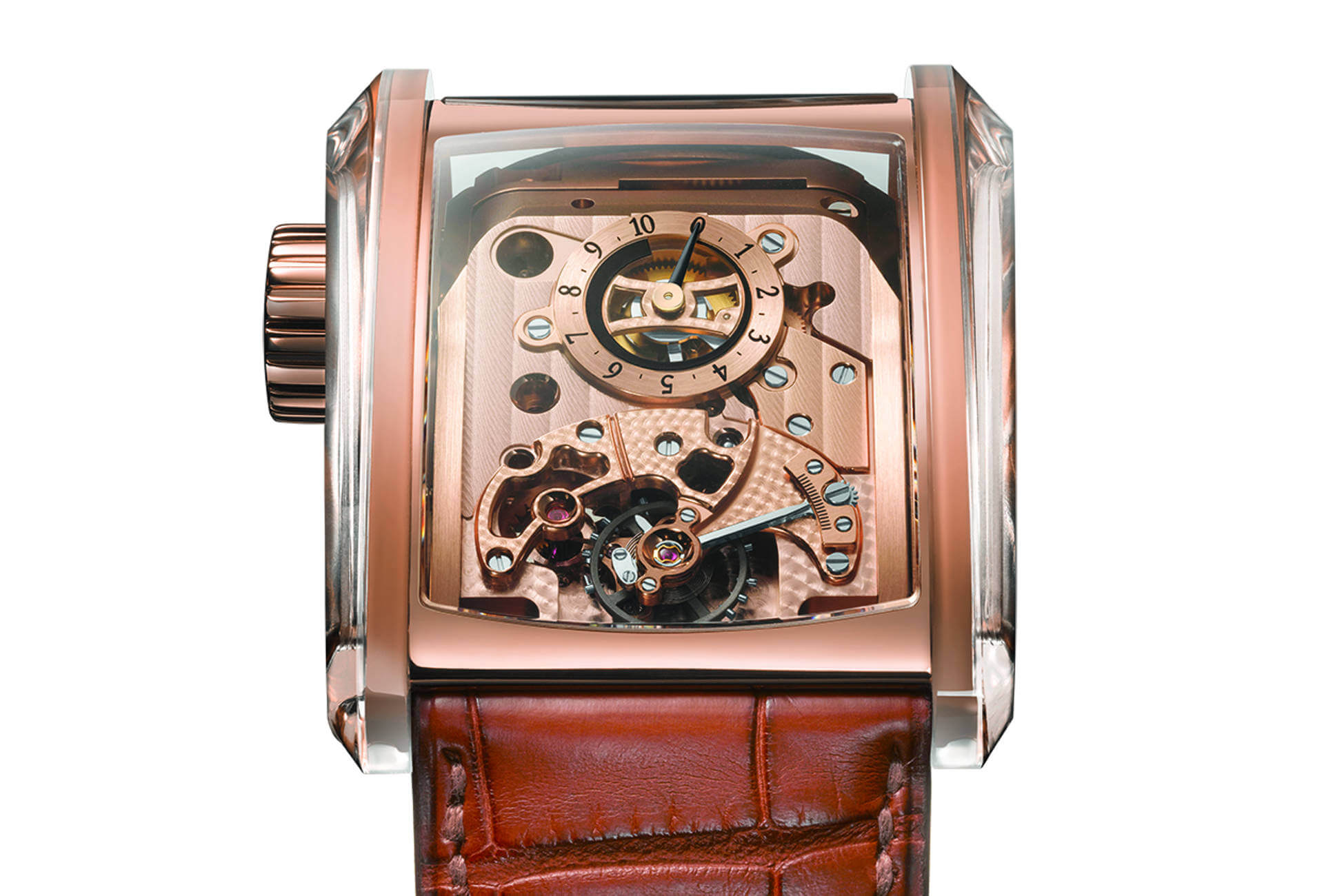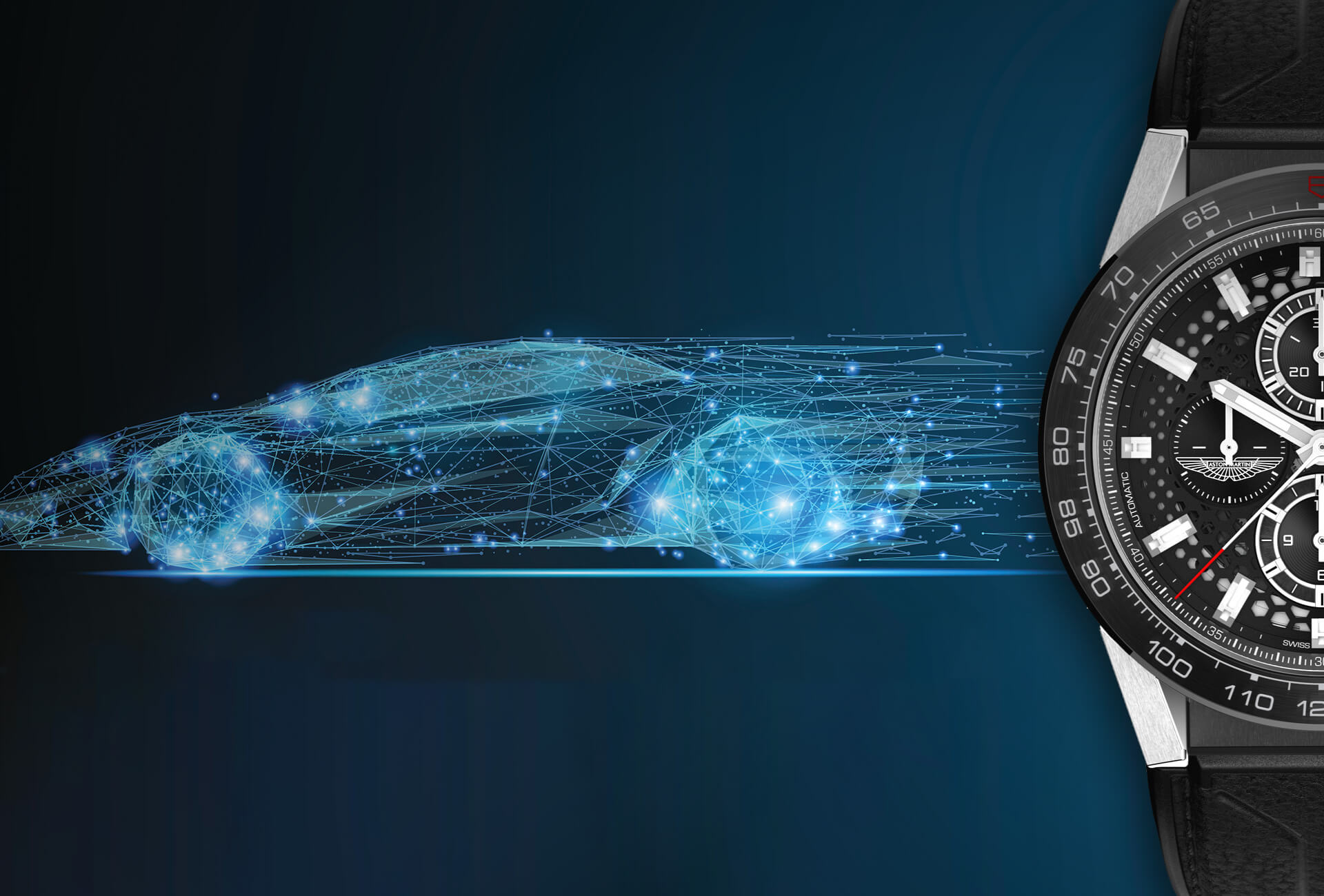Watches and cars first came together when early race car drivers needed a means to keep track of their performance. Today’s racing drivers can now rely on technology for timing, but heritage and tradition have maintained and even strengthened the relationship between timepiece and track. The world’s first recorded motoring competition was the Paris-Rouen, organised in 1894 by Pierre Giffard, editor of Le Petit Journal, as a publicity stunt for the newspaper and a means of creating interest in motor racing as a sport. The race didn’t quite live up to expectations: of the 102 entrants, only 26 actually took part and they were dogged by breakdowns and, more importantly, poor timekeeping.
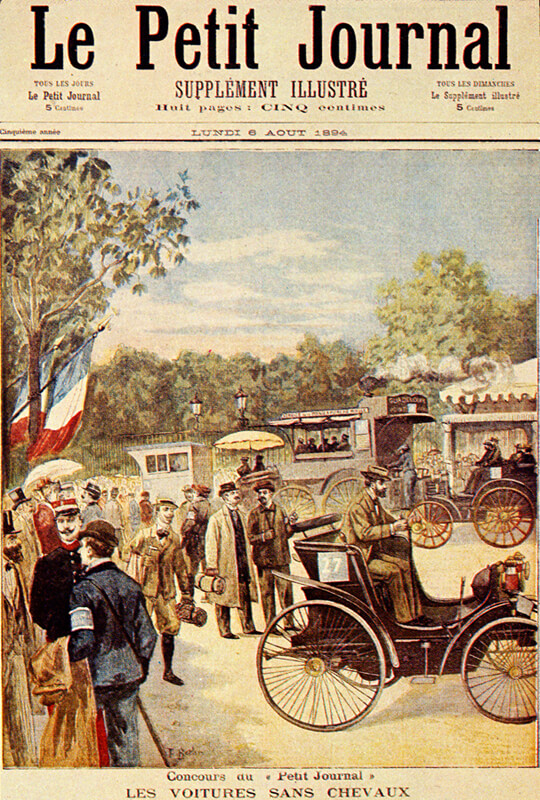
It wasn’t until the 1930s that watches became widely used by drivers to keep track of their performance. A decade later, in a stroke of marketing genius, Rolex founder Hans Wilsdorf convinced Sir Malcolm Campbell to wear a Rolex Oyster when he set a new land speed record, in 1947. Still, while Rolex may have been first, the most influential watch brand in the motor industry throughout the twentieth century was TAG Heuer. As early as 1911, Heuer was manufacturing its Master Time and Monte Carlo dashboard chronographs. In fact one of the brand’s most popular watches to date, the Heuer Autavia, started out as a dashboard instrument before Jack Heuer adapted it as a wristwatch in 1962.
In the 1950s, Heuer quickly became a driver favourite for the readability of its watches; it lapped the competition in the 1960s when it went from manual to automatic with the Carrera and the Monaco, earning Heuer’s Calibre 11 the title of first automatic chronograph. After the 1970s quartz crisis and the return to favour of mechanical watches and automatic chronographs, the relationship between the two industries deepened. Zenith launched its El Primero in 1969, the same year that Breitling released the first automatic version of the Chronomat.
Car-llaborations today
While drivers no longer wear watches to track their time, the relationship between the watch and motor industries is stronger than ever. In fact today’s collaborations go beyond sponsorship deals to include crossovers of technology, design and materials. We’ve picked a few examples.
Orfina x Porsche - 1972
The collaboration between Porsche and Orfina is one of the first illustrations of how the design of a car – in this instance the 911 Porsche – influenced the design of a watch. The Porsche’s speedometer and tachometer were black so as not to dazzle the driver, which Orfina transposed into one of the first black-dialled watches. Deemed a “fashion fad” when the black dial first came out, critics have been proven wrong since.
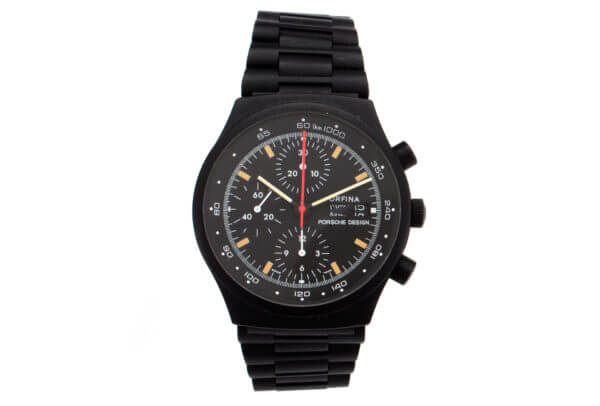
Girard-Perregaux x Ferrari - 1994
Girard-Perregaux’s Pour Ferrari collaboration in 1994 was the first to reflect the quality of the car in the watch and actively build on the partner’s values. The result was a hugely complex, yellow gold chronograph with split-seconds timing limited to 499 pieces, echoing Enzo Ferrari’s philosophy to always produce one less than what the market demands. The incorporation of a special aluminium alloy and rare carbon fibre into the case referenced Ferrari’s high tech without compromising Girard-Perregaux’s handcrafted aesthetic. Ferrari has had several collaborations with other brands since its partnership with Girard-Perregaux ended in 2004, and is currently six years into a deal with Hublot.
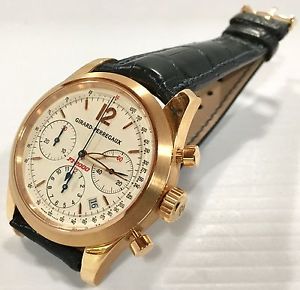
Breitling x Bentley – 2003
In 2002, Bentley built the most powerful car ever produced, the Bentley Continental GT, which included a Breitling dashboard clock. The following year, Bentley won the 24 Hours of Le Mans. Breitling celebrated the victory with a limited-edition Bentley Le Mans collection that quickly sold out. The two firms would team up again to create Breitling for Bentley, a range of timepieces whose high-performance movements reflect Bentley’s powerful engines, and infused with the design of Bentley cars, from the trademark honeycomb radiator grille to the dashboard engine-turned pattern.
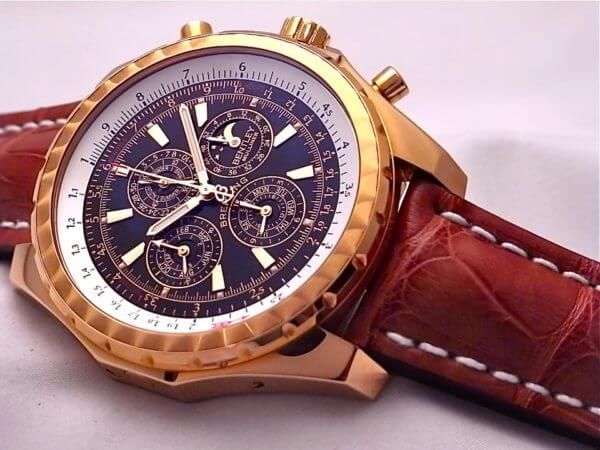
Roger Dubuis x Lamborghini – 2017
Aware that its clients are also fans of high-speed cars and racing, in 2017 iconoclast watchmaker Roger Dubuis announced a five-year deal with Lamborghini Squadra Corse. The first watch to come out of that partnership was the Excalibur Aventador S. Made in carbon fibre, a material Lamborghini has been using in its chassis for years, the watch contains an entirely new movement with two escapements, inspired by the engine block of the Lamborghini Aventador. Its innovative features, which reinvent five essential elements of high-performance racing cars, are protected by five patents.
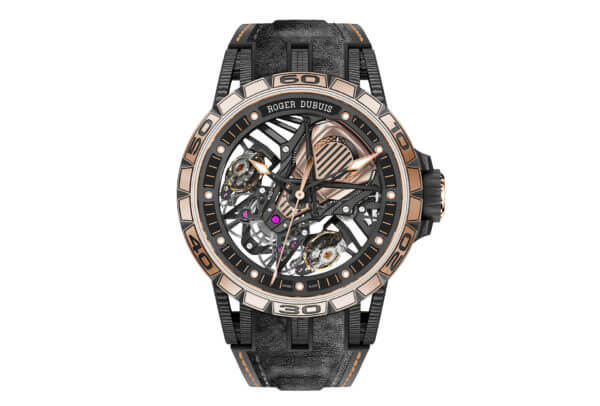
Tissot x Alpine - 2018
Tissot and Alpine go way back, Tissot having sponsored many Alpine race cars. They’re joining forces again this year with a new mechanical chronograph, the PRS 516 Alpine Limited Edition, inspired by the PR 516, the iconic watch from the 1960s which nodded to car racing with a sleek design and high-tech features such as a robust movement suspension system. The PRS 516 is just as impressive, with a dial made of feather-light carbon that contrasts with the steely black ceramic bezel and luminescent hands. The detail that ties it all together? Proud of their partnership, Tissot has engraved “Alpine” on the side of the limited-edition watch.

Richard Mille x McLaren - 2018
A new partnership was announced at the 88th International Motor Show in Geneva between Richard Mille and McLaren Automotive. Having partnered last year on the world’s lightest tourbillon chronograph RM 50-03, presented at SIHH and weighing 40 grams including the strap, the RM 11-03 is the first timepiece the two brands have produced as a team; the result of the joint vision of McLaren Design Director Rob Melville and Richard Mille engineer Fabrice Namura. Using high-tech materials and taking inspiration from McLaren designs, the watch brings together performance and style. Limited to 500 pieces, owners of a McLaren Ultimate Series get first dibs.









